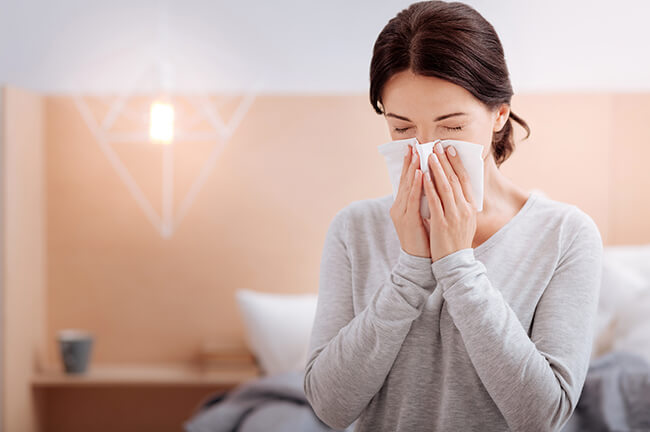5 Tips To Help Your Allergies

The effects of exposure to mold in the home differ from person to person. While you cannot predict the effects of exposure to indoor mold, knowing about it can help you take the right protective measures for you and your loved ones. Allergic reactions indoors come from the inhalation of spores of mold or other fungi in the home.
Symptoms of Indoor Mold Allergies
Often, you will experience symptoms similar to those of other allergies such as scaling skin, congestion, sneezing, a runny nose, and itching. However, unlike allergies from external factors such as pollen and dust, you are likely to experiences these symptoms all year round due to continuous exposure to the allergens.
If you suspect allergy symptoms on you or your loved ones, visit a doctor for a proper diagnosis. Your doctor will take your medical history and run skin and blood tests. In some cases, the doctor will prick your skin with specific strands of fungi to test your reaction. Your doctor will use the information from the tests to assess whether you have a mold allergy and give you proper medication. Once diagnosed, you have to take the right measures to help your allergies from indoor mold.
Take your Prescription
Depending on your diagnosis, your doctor may write you a prescription to help you deal with the symptoms you are experiencing. Follow your prescription to the letter and make sure you follow the doctor’s instructions.
Air Conditioning
Prevent further problems by installing air conditioning that comes with a HEPA filter. The filter traps the mold pores from outside and prevents them from affecting the air quality in your home.
Additionally, make sure you use your air conditioning and humidity system to control the amount of moisture in the house. Try to keep the humidity level below 60 percent (ideally between 35 and 50 percent) to prevent the growth of indoor mold especially in the bathrooms and in the kitchen. You can find an affordable meter at a hardware store to help you measure humidity levels in your home.
Maintain a Clean House
Mold thrives in warm, damp kitchens and bathrooms. Clean and dry surfaces prevent the growth of mold. Open your bathroom window and avoid leaving damp towels or clothing in the bathroom. In the kitchen, you can use an exhaust fan or keep the windows open to allow circulation of air. Make sure you check corners, door seals, garbage pails and your refrigerator drip pans during your weekly cleaning.
Inspect your Basement
A damp cellar or basement serves as the perfect breeding spot for mold. Make your basement mold-free by running a dehumidifier, installing flooring that does not hold in moisture such as concrete or linoleum, and ensuring you do not use it for storage of items that encourage mold. If you use the basement to store items such as beddings, old papers, magazines, and clothes, make sure you store everything in an airtight and waterproof container.
Clean out the Mold
The last step to help you prevent mold allergies is to clean out any mold you see in the home. Start by cleaning visible sports and then work your way into corners. Find the source of the mold and try to prevent it from appearing again in your house.
Overall Health
Mold in the home can have serious health effects, including allergies that affect you and your loved ones. If you have allergies from mold in your home, consult the Mold & Air Quality Consultants. They will test the mold in your home and offer your mold redemption services for better indoor air quality.
